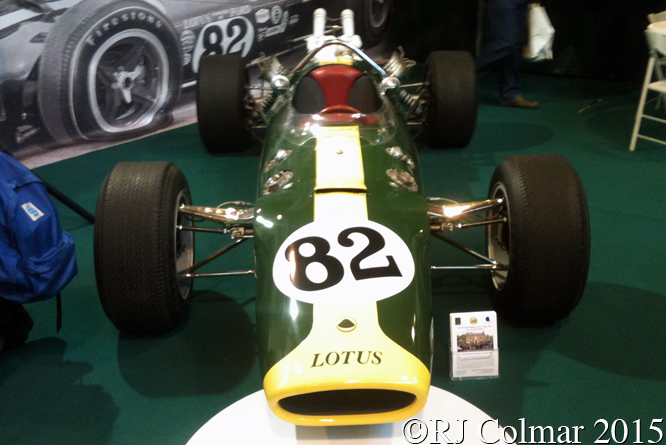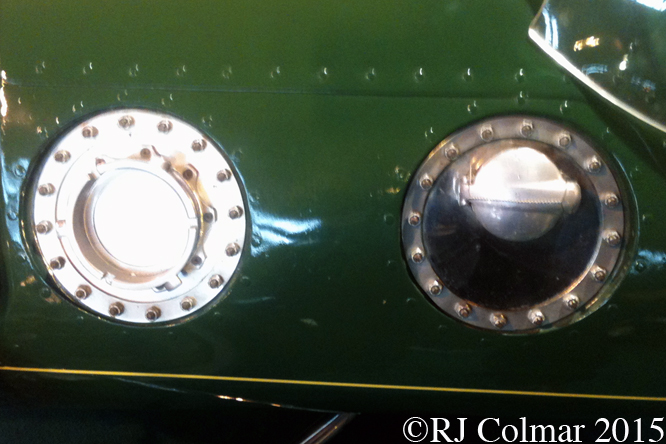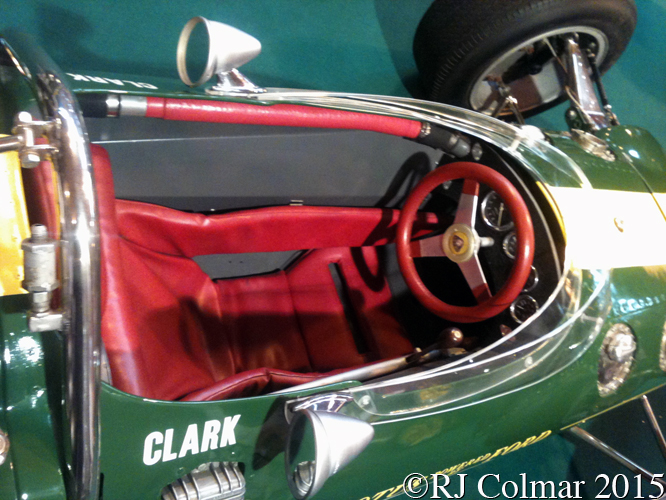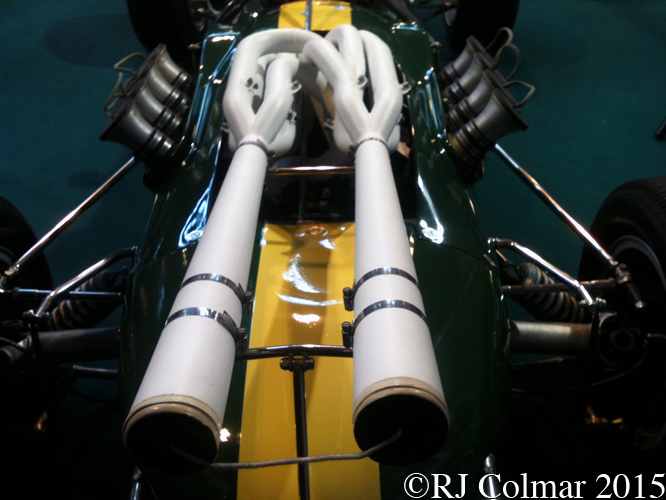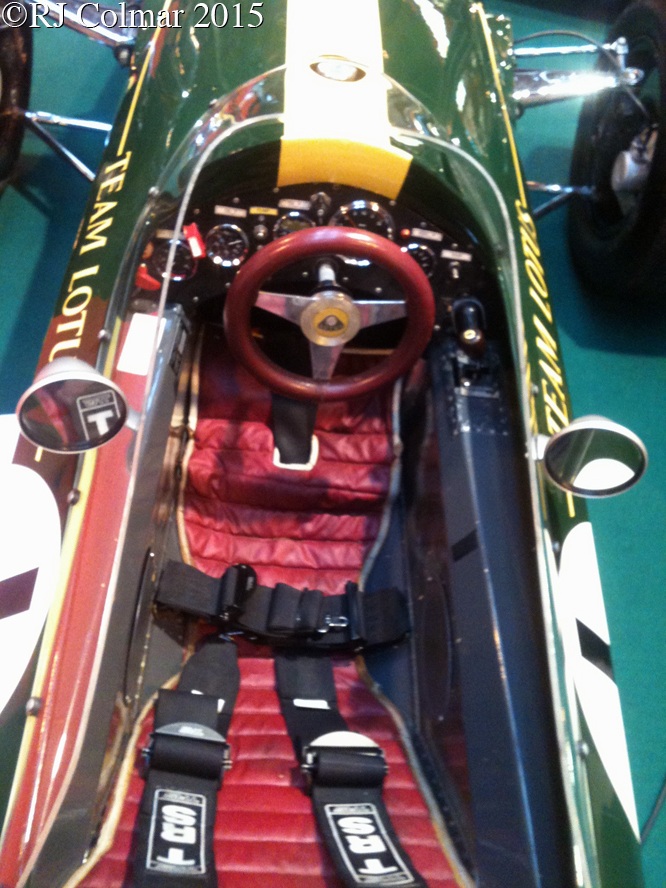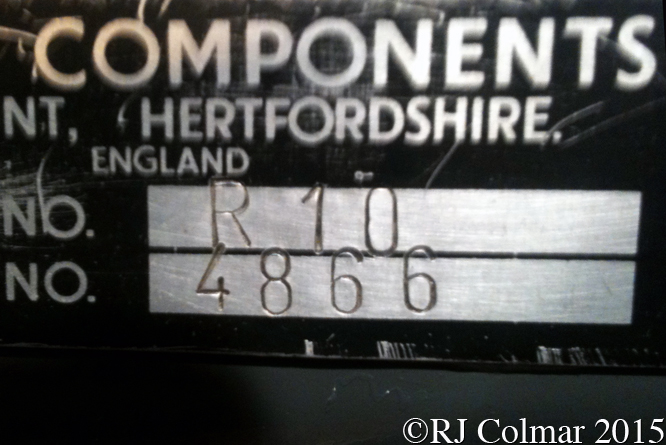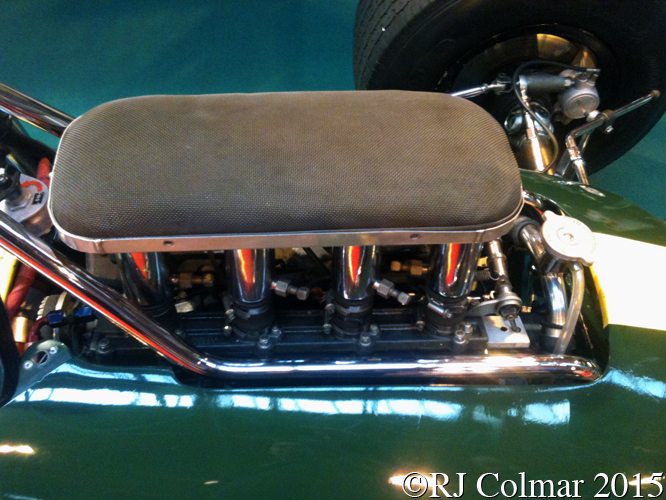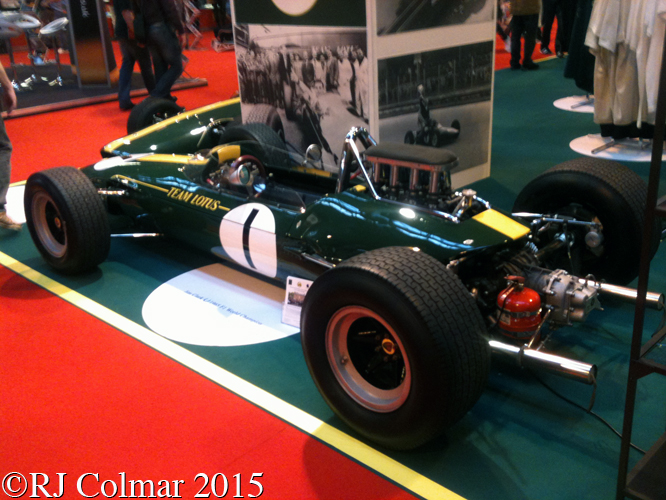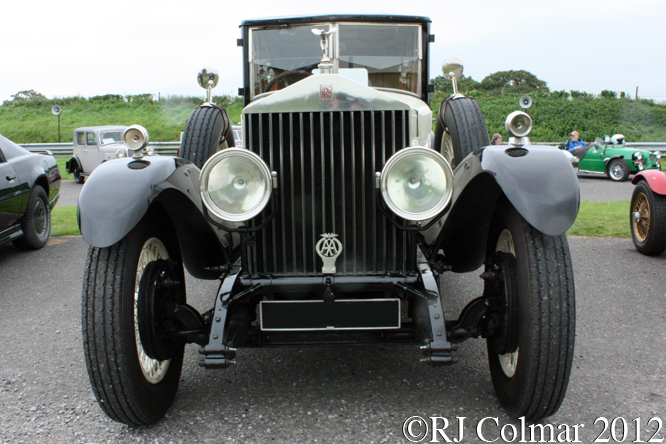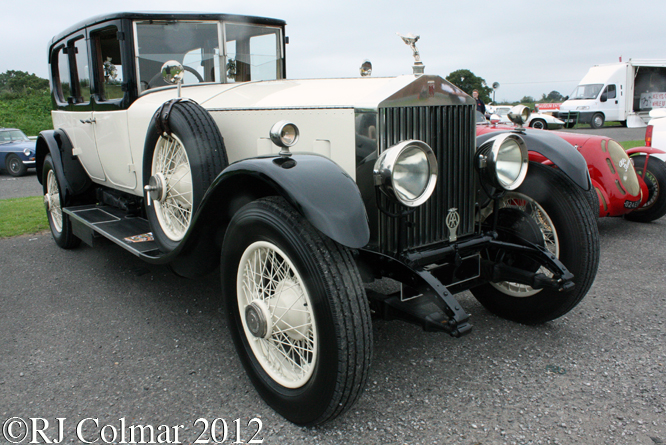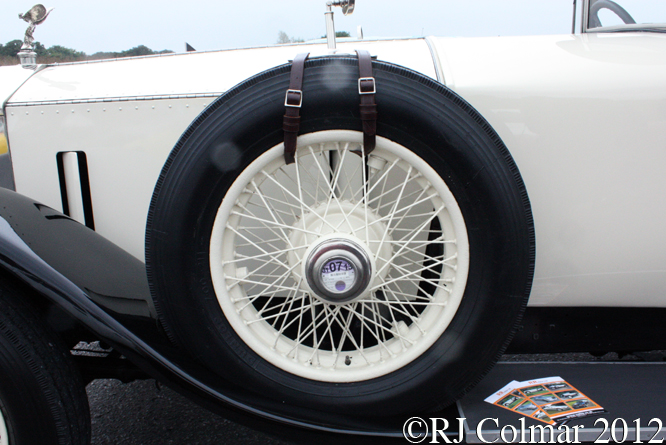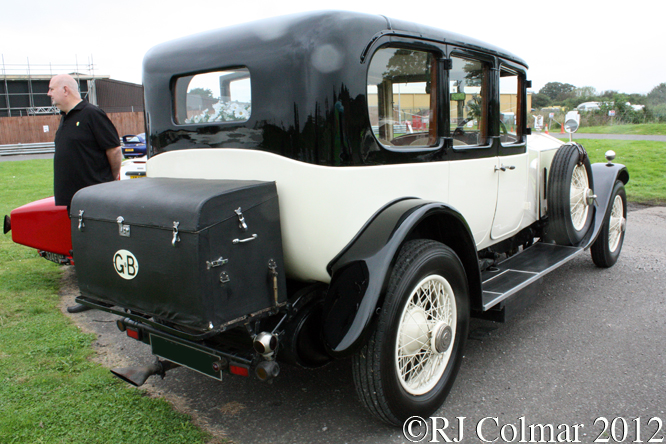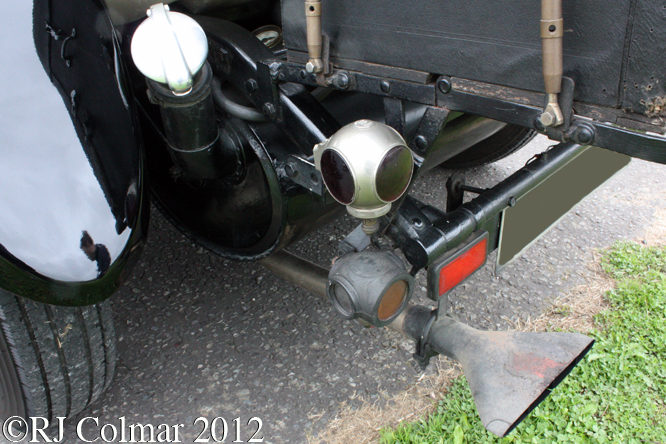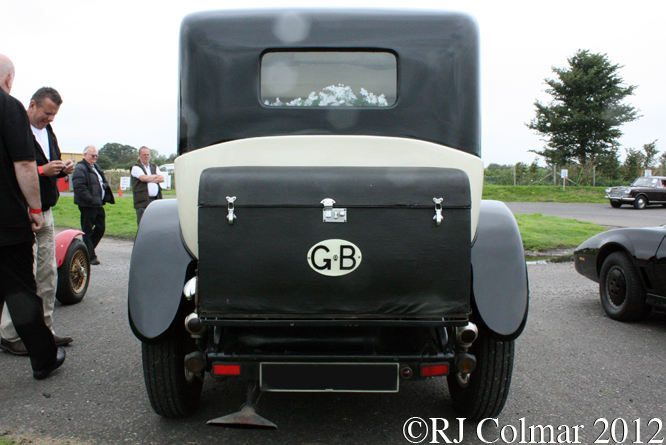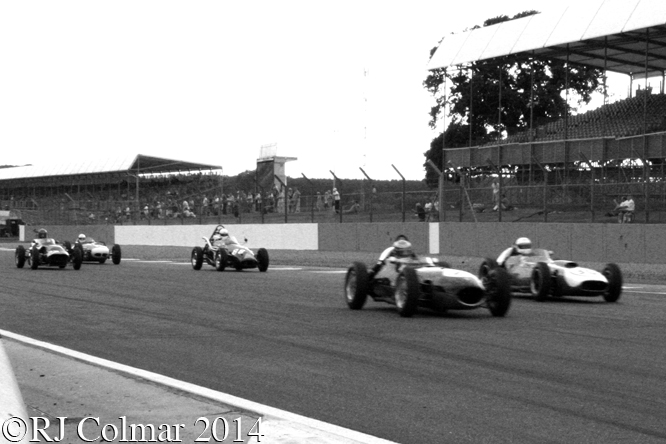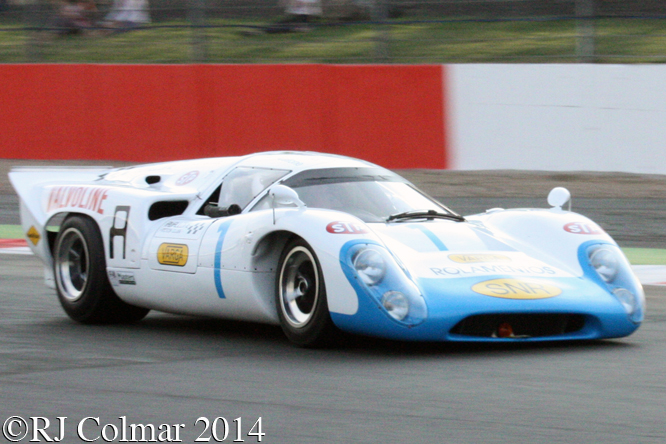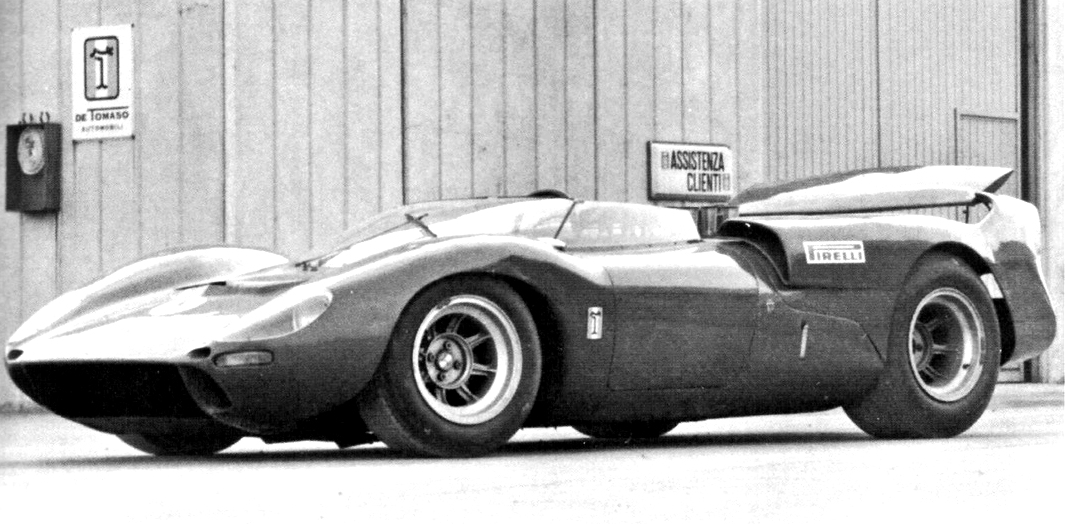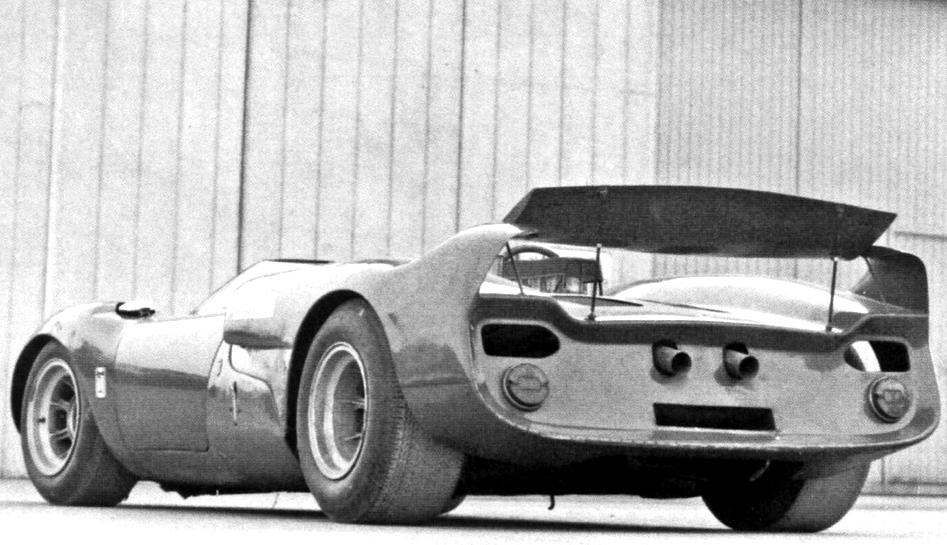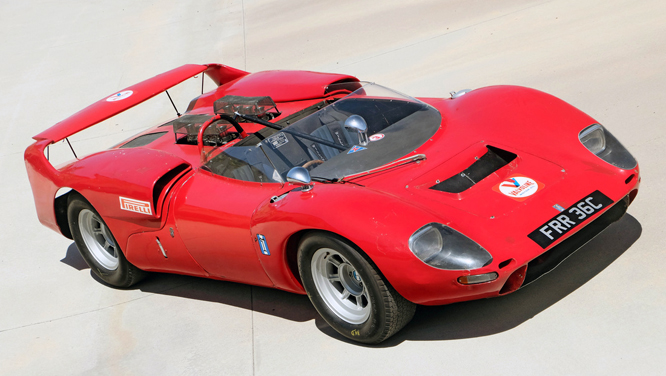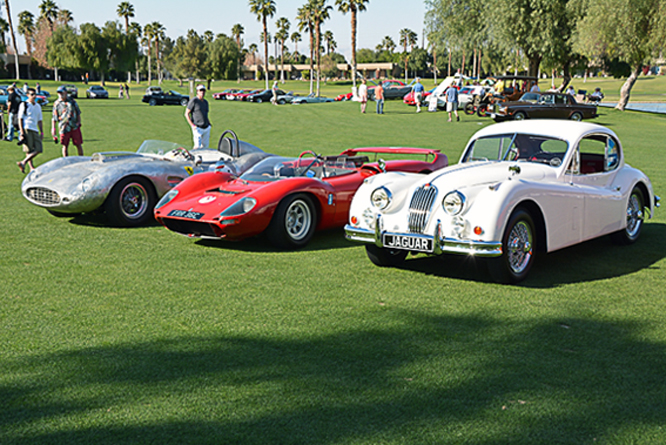The Maserati MC12 Stradale is the road going variant of the Maserati MC12 Competizione which successfully took Maserati back to the race tracks on the FIA GT Circuit in 2005.
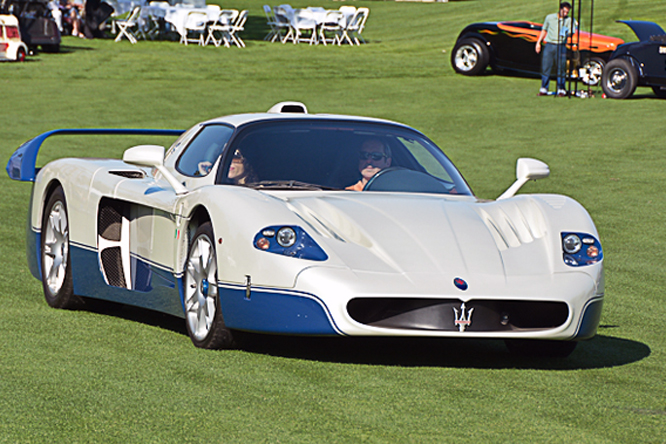
Sharing a chassis, modified motor, running gear and windscreen with the Enzo Ferrari the rest of the body was originally conceived by Giorgetto Giugiaro and stylised with the aid of a wind tunnel by Frank Stephenson.
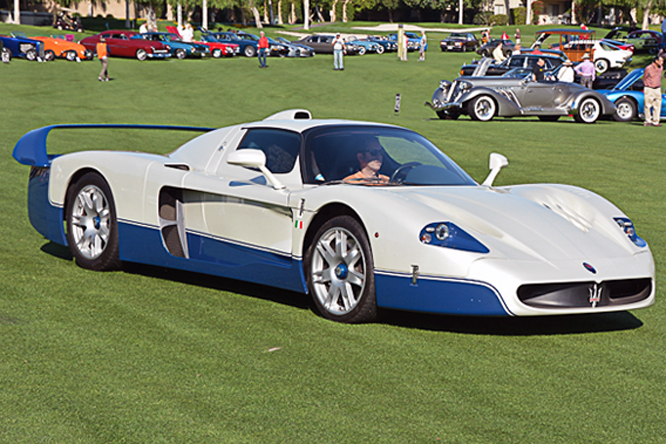
The two batches of 25 MC12 Stradales built in 2004 and 2005 were only delivered in white and blue, sans radio or even anywhere to fit an after market one, a nod to the exploits of the American Lloyd Perry ‘Lucky’ Casner’s Camoradi team.
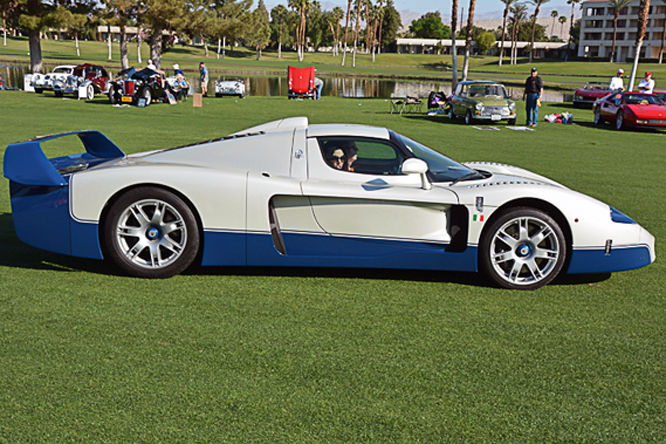
In two separate road tests at Dunsfold Aerodrome and on the Nurburgring MC12’s proved to be quicker than the Enzo Ferrari that spawned it. I believe the example seen here in Geoffrey Horton’s photograph’s, taken at last years Desert Classic’s Concours d’Elegance, is one of those built in the 2005 batch.
It appears to belong to the The Riverside International Automotive Museum a non profit corporation run by Ray and Doug Margon dedicated to “Preserving the memory of California’s rich motorsports heritage” which also houses a collection that includes one example of every road going Maserati sold in the US since 1951.
My thanks to Geoffrey Horton for sharing his photographs.
Thanks for joining me on this “Faster Than Enzo” edition of “Gettin’ a li’l psycho on tyres” I hope you will join me again tomorrow when I’ll be looking at an early Renault. Don’t forget to come back now !


